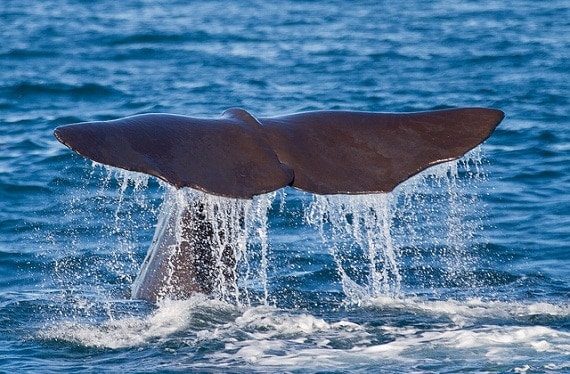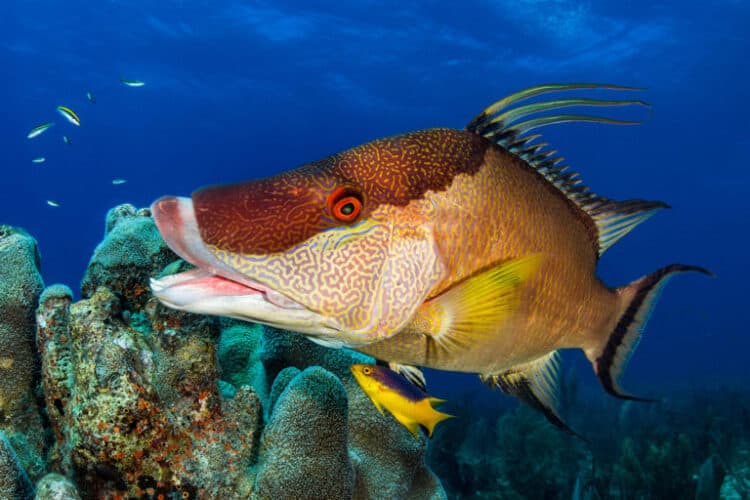If you head to the beach without sunscreen, you’ll probably return home with a scarlet, painful sunburn. That’s because you’ve exposed your skin to several hours of UV rays, which damage DNA within your skin cells. But did you know that whales can get sunburned, too?
Researchers discovered that blue, sperm, and fin whales also suffer skin damage from the sun. Published last week in the journal Scientific Reports, the study reveals that each species reacts differently to harmful UV rays.
“Whales can be thought of as the UV barometers of the sea,” said Mark Birch-Machin, a researcher at Newcastle University and joint author of the paper, in a press release. “It’s important that we study them as they are some of the longest living sea creatures and are sensitive to changes in their environment so they reflect the health of the ocean.”
After noticing whales with blistered skin, researchers from Mexico, the United Kingdom, and the United States teamed up to study how UV skin damage affects whales on a genetic level. The team took more than 100 skin samples from blue, sperm and fin whales for three years. They theorized that whales accumulate sun damage as they age, like humans, and that darker pigmentation would protect some species from the sun. As it turns out, they were right.

Blue whales, which have the lightest pigmentation of the three species, experienced the most sunburn-like blistering as they migrated south for the summer. Lower latitudes have higher levels of UV rays, and the blue whales responded by increasing their melanin levels, or tanning, just like humans. Sperm whales, meanwhile, have special proteins in their skin to help protect them from the sun. The heavily-pigmented fin whales experienced the least ammount of sun danage, suggesting that their dark skin acts like a sunscreen.
Even though these whales have ways to combat minor sun damage, the researchers say that are noticing more and more whales with blisters—the whale equivalent of a sunburn.
“We need to investigate further what is happening,” said Birch-Machin in a press release. “If we are already seeing blistered skin in the whales caused by UV damage, then we want to know whether this could develop into skin cancer and therefore serve as an early warning system.”
This article was written by Justine Hausheer for Oceana.org






Leave a Reply